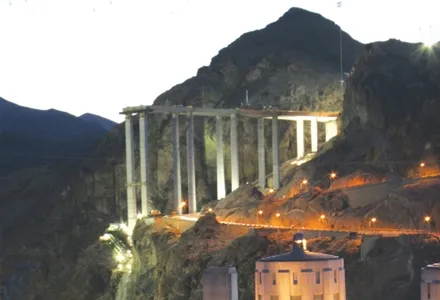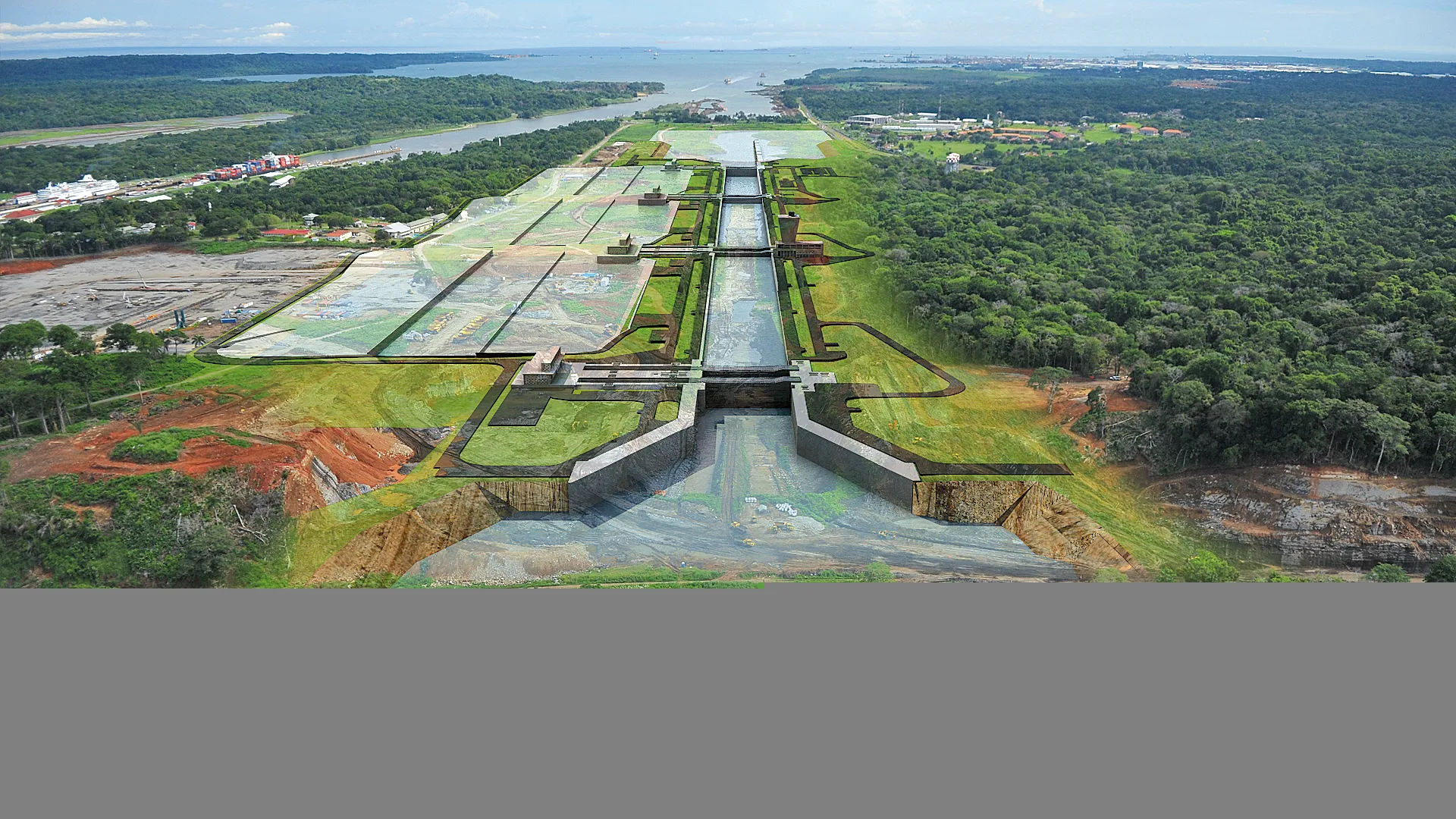
After five years, the second of two tower cranes on either side of the Gordie Howe International Bridge across the Detroit River is coming down.
The complete dismantling of the second crane, on the US end of the bridge, is expected in the next several weeks. A 600-tonne crawler crane that is fitted with a 165m-long boom is assisting in the work. An identical crane on the Canadian side was dismantled in May.
According to the Windsor-Detroit Bridge Authority, the cranes arrived on site in 2020 in an assembly process that took 35 hours over three days. They climbed in height throughout construction to keep up with the growing bridge towers in a process known as “tower crane self-climbing”. With the bridge towers reaching their full heights of 220m last year, the tower cranes, too, hit their final heights of 243m.
Throughout construction of the CAN$6.4 billion bridge, the tower cranes were used to lift heavy materials such as rebar, formwork, anchor boxes and all 216 stay cables.
Meanwhile, work continues on installation of electrical, drainage and fire suppression systems as well as barriers, signage, lighting pavement markings and the completion of a multi-use path.
The bridge is named after Gordie Howe, a professional Canadian ice hockey player who played most of his National Hockey League career with the Detroit Red Wings.
Last summer, the 26m gap was closed between the two deck of the bridge that will connect city of Detroit in the US state of Michigan and the city of Windsor in the Canadian province of Ontario. The bridge is expected to open to traffic by the end of this year. It will also include a one-lane 2.5km-long multi-use path that will accommodate two-way pedestrian and cyclist traffic and connect into existing local trail networks on both sides of the border.
The 853m main bridge deck between the two towers makes it the longest main span of any cable-stayed bridge in North America and the tenth longest in the world. Clearance above the river is 42m. It will also be the longest composite steel and concrete bridge deck for any cable-stayed bridge in the world.
The Windsor-Detroit Bridge Authority is a not-for-profit corporation wholly owned by the government of Canada which is paying for the entire project through a public-private partnership. WDBA is responsible for the delivery of the Bridge and also responsible for project oversight of the construction and the operation of the new crossing. As the operator of the new bridge, WDBA will set and collect all tolls.









